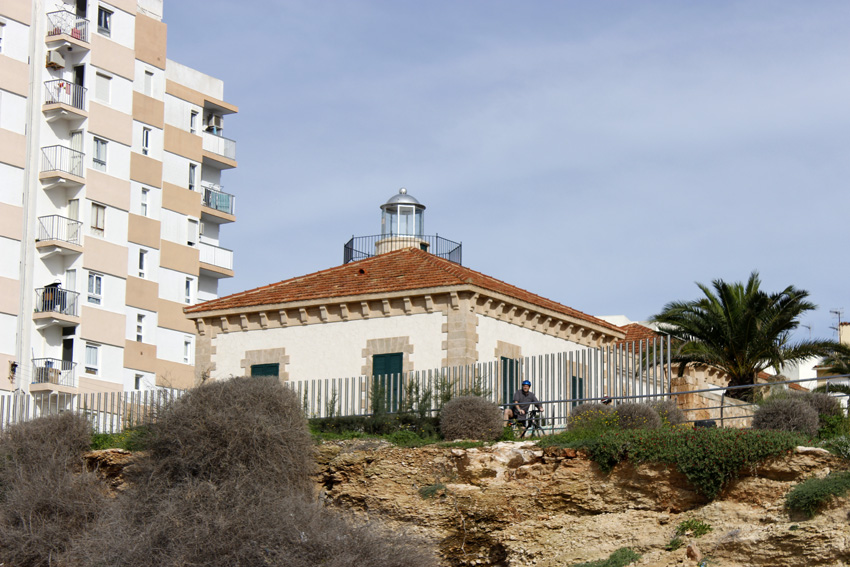SANT ANTONI DE PORTMANY - IBIZA
Sant Antoni de Portmany is a municipality belonging to the west coast of the island of Ibiza and consists of 12,662 hectares. This municipality stands out for its extensive natural harbour and its wide bay, known as the Bay of Sant Antoni. It is an old village of peasants and fishermen that has become one of the main tourist centers of the island of Ibiza.
This territory is home to approximately 27,000 inhabitants, distributed among the different villages that make up the municipality, among them are Sant Rafel de sa Creu, Santa Agnès de Corona and Sant Mateu d’Albarca.
The history of Sant Antoni de Portmany dates back well before the time of the Romans and the Carthaginians. Various excavations and archaeological studies around the municipality show the presence of the ancient period.
Its large port caught the attention of the Romans and that is why they named it “Portus Magnus” meaning large and important port, this term evolved to the present Portmany. As with the Carthaginians with whom they lived for a time, the Romans were engaged in fishing and agriculture.
At the time of the Islamic era, the island was divided into five areas: Alhauec, Xarc, Benissámit, Portmany and Algarb. Later, in 1235, the Christian religion and the Catalan language, spoken on the island ever since, were adopted. They maintained the division of the island in this case into four: Quartó de Portmany, Quartó de Santa Eulalia, Quartó de Balansat and Quartó de Ses Salines.
And where does the name San Antonio come from? It comes from the church of this town, created in 1305, it was dedicated to San Antonio himself, who gave its name to the whole town. From this construction, the first buildings began to be created as the population continued to live in a scattered habitat.
Some points of interest are:
ES VERRO. Monument inaugurated in 1977 to represent a young Ibizan performing the representative cry of the island through which the Ibizanians used to communicate called “uc”. Rural Ibiza and Formentera, with scattered habitats, used this cry to communicate between neighbors and family. It could also be used as a voice of alarm or threat.

THE FISHERMAN. This monument is located on the Passeig de Ses Fonts, the most crowded place of the population walking through its port. This represents the fisherman returning from his work jordan carrying the obtained fish and the fishing net. It is a sculpture made in living stone by Guillem Terrasa i Pol in 1984.

PUNTA DES MOLÍ CULTURAL CENTRE. This cultural space located in the middle of the bay is formed by an old flour mill, a wheelbarrow, an exhibition hall dedicated to the German philosopher Walter Benjamin who spent a summer on one of the estates of this space writing some of his works, an oil mill, an auditorium, a Mediterranean botanical garden and a children's playground. It should be noted that this space is considered a traditional historical set of Cultural Interest (BIC).

COVA DE SES LAGOSTES. This cave is currently an aquarium with marine species native to the island. Formerly it was a traditional nursery of fish and especially of lobsters. It consists of five water inlets ensuring the correct circulation and oxygenation of water. You can get to know this space on the Aquarium excursion.

COLUMBUS EGG. This monument, located in the main roundabout of the municipality represents the discovery of America by Christopher Columbus, inside this egg is Santa Maria, the boat in which the new continent was reached. It was installed in 1992 to celebrate the fifth centenary of this discovery.

FARO SES COVES BLANQUES. This lighthouse opened in 1897 and was in use until 1963 when the new dike and lighthouse were built. It was in 2006 that it was rehabilitated and turned into a space for cultural uses, often related to the world of the sea.

CULTURAL SPACE MOLÍ D’EN SIMÓ. It is another old flour mill in Mallorca and Menorca built at the beginning of the 20th century and is currently used as a space for cultural uses. It was in 2001 when it was declared a Catalogued Good.
PARISH OF SANT ANTONI DE PORTMANY. Second oldest church on the island, followed by Santa Maria. The origin of the church of this municipality dates back to the year 1305 dedicated to San Antonio, later giving name to the whole municipality.






